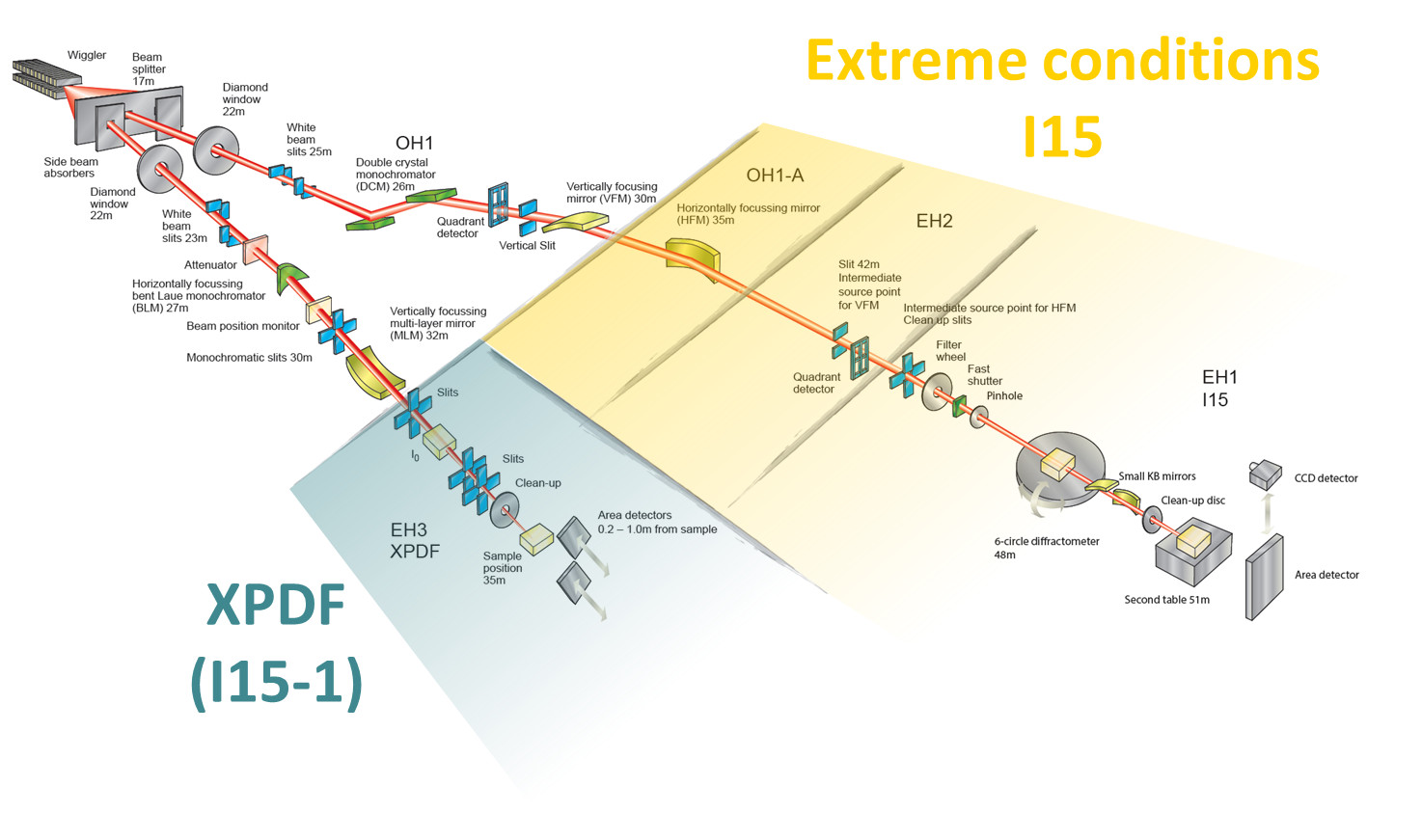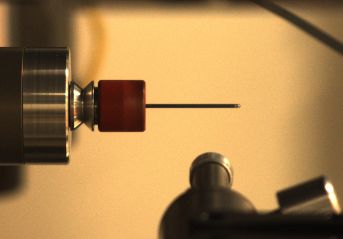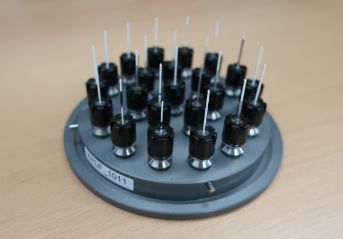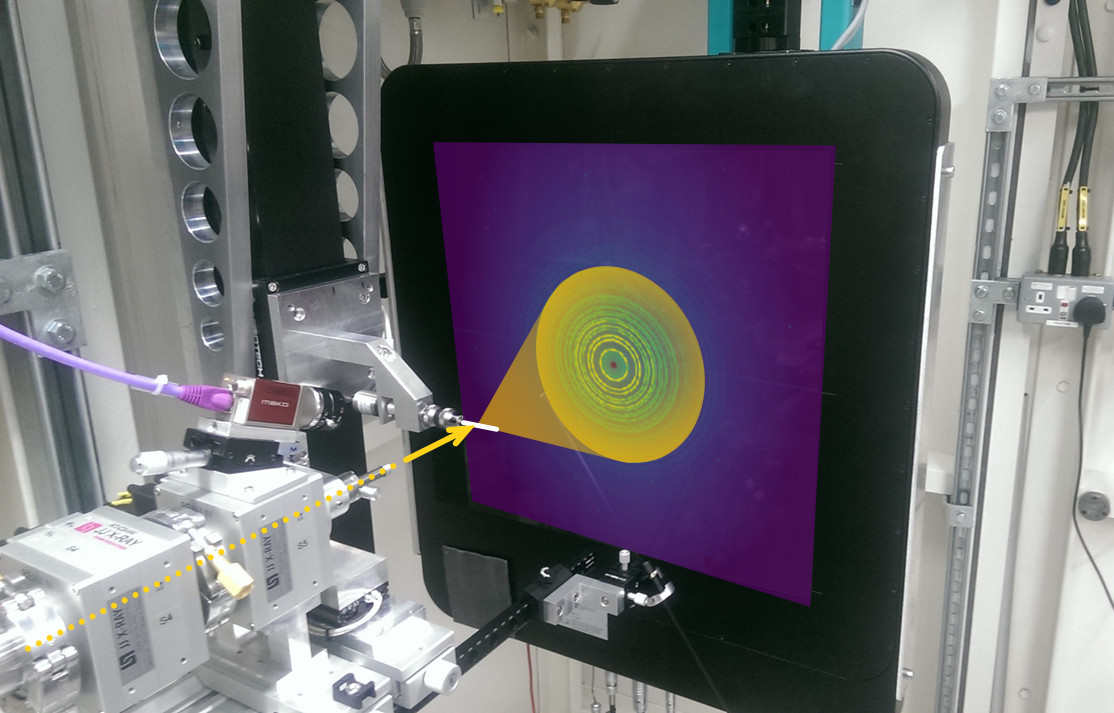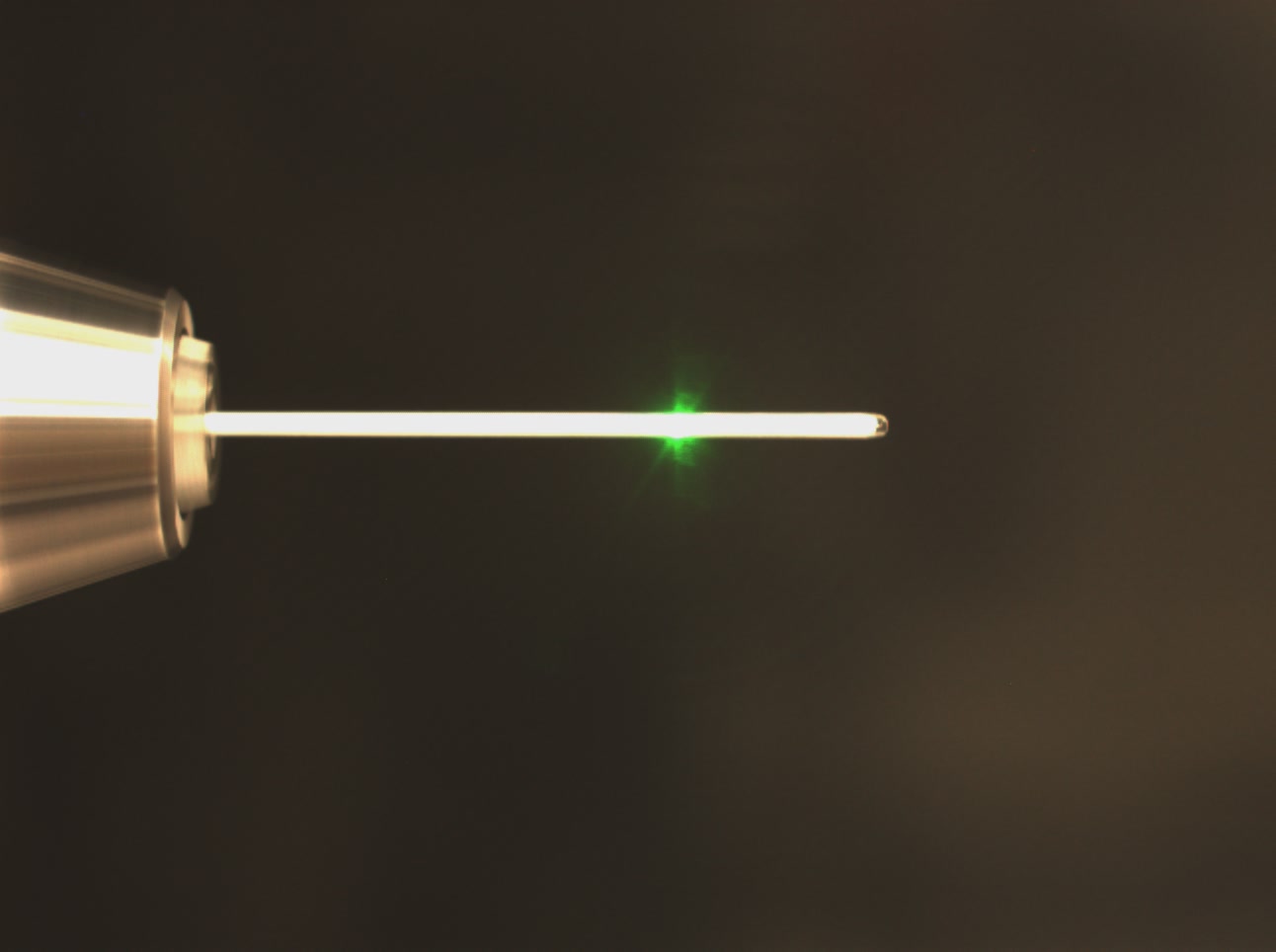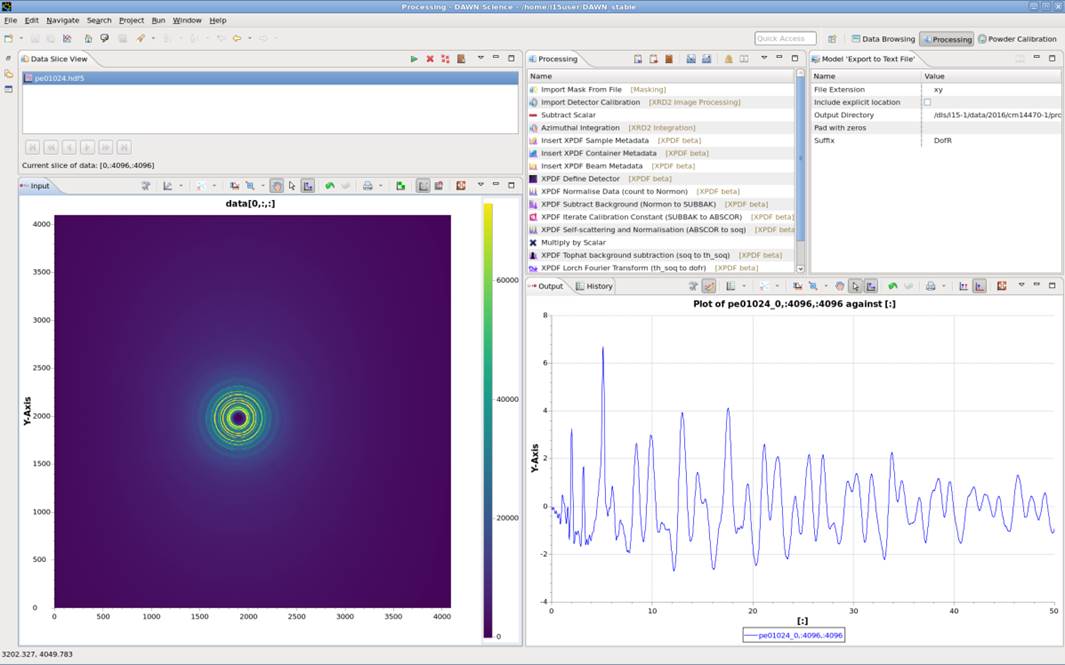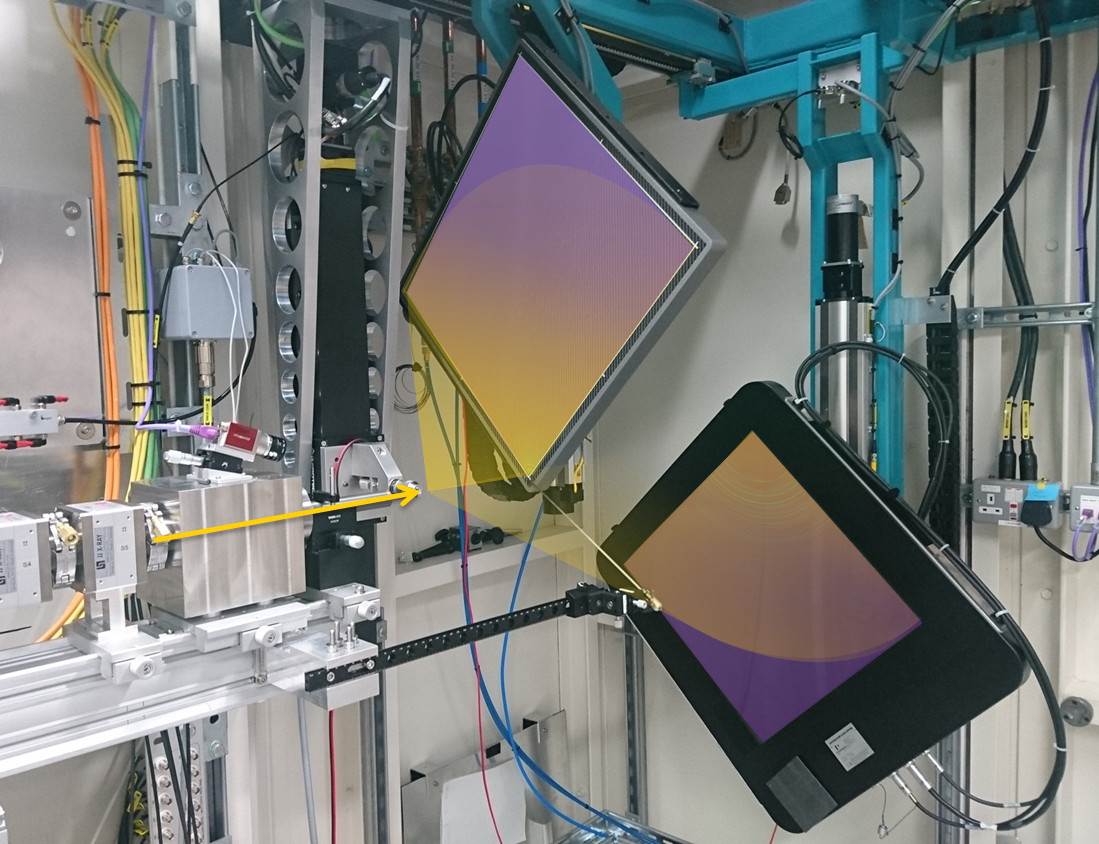XPDF (I15-1)
Overview
XPDF (I15-1) is the dedicated X-ray Pair Distribution Function beamline. XPDF is applicable to a diverse range of disciplines such as materials chemistry, solid-state physics, earth sciences and pharmaceuticals.
Researchers are able to study the local structure of crystalline, semi-crystalline and amorphous solids and liquids with a speed and robustness which has not been possible at Diamond before. The beamline optics and endstation have been optimised to give the high X-ray energy, high flux and low background signal which are necessary for quality PDF data.
I15-1 is currently commissioning a new "ARC" detector which will revolutionise PDF data collections. This detector will allow faster and higher quality PDF data than ever possible before.
Latest news
The ARC detector has successfully been used for its first User experiment. We are still working on improving the data collection and processing workflows using this detector, but expect it to become the primary detector very soon.
Rapid Access
I15-1 aims to have slots available for Rapid Access experiments at regular intervals in the user programme. The next Rapid Access dates are 6th May 2024 and 10-11th July 2024. Please contact [email protected] if you are interested in submitting a Rapid Access proposal.
Current status
Some information on beamline equipment is listed below.
| Item | Specification | Status |
|---|---|---|
| Beam size at focus |
700 μm horizontal by 10 μm vertical Standard size at sample 700 μm x 150 μm |
Available |
| Bent-Laue monochromator |
40.0, 65.4 and 76.6 keV 700 μm horizontal focussing |
Available |
| Multi-layer mirror | 10 μm vertical focussing | Available |
| XPDF-ARC detector |
Custom-built CdTe photon counting detector 55 μm pixel size, 25 Hz continuous collection, 500 Hz burst mode |
Online commissoining |
| Secondary detector | Perkin Elmer XRD 4343 CT
432 × 432 mm2 active area 150 μm pixel size, 15 Hz read-out (TBC) |
Available |
| Hexapod sample stage |
Symetrie Puna 40 mm (h) × 60 mm (v) travel 10 kg load capacity |
Available |
| Robotic sample changer | 440 positions for spun capillaries | Available |
| Hot air blower | 350 - 1100 K | Available |
| Cobra | 90 - 500 K | Available |
| Hydrothermal cell |
Zero-background capillary cell for hydrothermal reactions RT - 473 K |
Available (contact beamline staff for details) |
| Gas cell |
Capillary cell for flowing gas experiments. A limited set of gasses is currently available. Can be used with the hot air blower. |
Commissioning (contact beamline staff for details) |
| eChem system | 8-channel Ivium-n-Stat electrochemical analyser for battery cycling, impedance analysis and more. | Available (contact beamline staff for details) |
See the sample environment page for more details on the equipment available. New sample environment equipment is always in development. For more information about proposed experiments please contact [email protected].
Further information
For more information about any aspect of XPDF, please email [email protected].
For an overview of the potential applications, download the XPDF leaflet here.


 Industrial Liaison Office
Industrial Liaison Office
